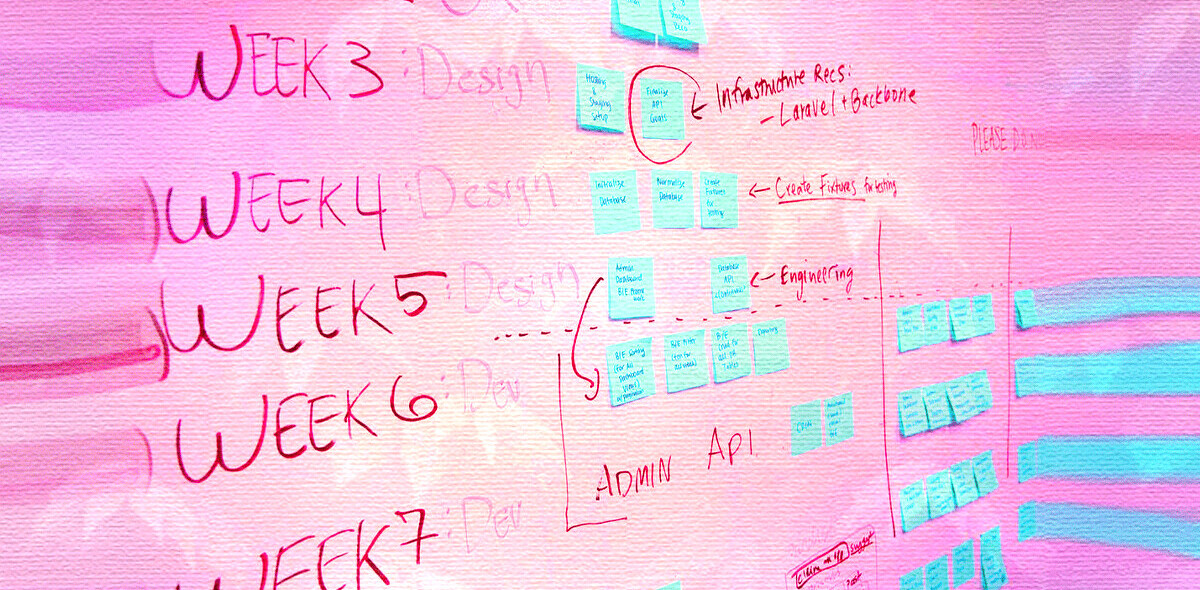To succeed, product managers must demonstrate a specific set of core competencies — no matter where they work. But, the role of the product manager in a startup is particularly hard to define. They operate with a wide range of responsibilities and huge pressure to deliver results, often without reporting authority.
How is the role of a product manager in a startup different from a large company?
The path of a startup is never predictable. As it meanders — discovering, fine-tuning, and pivoting — product managers shape the way forward, far more so than in a larger organization which have steady-state goals and plenty of minds to guide the way.
With less money and fewer people, product managers are flying the plane while building it. This brings out either the best or the worst in a person, but the opportunity to drive impact is tremendous. From strategy and positioning to pricing and customer retention, they are challenged to do more with less.
There’s a lot on the line for these individuals and it’s easy to feel like an imposter when learning as you go. It is not only the idea but the execution that largely determines a startup’s success, and execution frequently comes down to the product manager.
What are the core competencies of a product manager?
Even as raw talent, a handful of bedrock traits tend to define effective product managers. Thought leaders like Anand Chandrashekaran and Julia Austin have explored this topic in-depth — compiling what it takes to be a good PM within an established company.
In a startup environment, a product manager must adapt to new challenges over three major phases — formation, validation, and growth. At each stage, they must develop the following lesser-known abilities to thrive.

Stage 1: FORMATION
The formation of a startup is when the founders commit to pursuing the idea as a real business. The future is hazy and the team lacks structure.
During this time, they need to prove the concept and define a roadmap for the initial milestones.
Providing clarity of purpose
In this intense soul-searching phase, the product manager is engaged in fast cycles of concepting. The most fundamental question of “Why this product?” is critical to answer.
If the problem space is well-defined and the market is well-known from previous experience, that’s ideal. Otherwise, thorough research and conversations with experts are essential. The product manager helps define where to play and how to win.
Synthesizing from the abstract
The product manager must then create a product to meet the stated goals. This requires dissecting the broad vision, figuring out the knowns and unknowns, and launching a few prototypes.
The more disruptive the ideas, the more unknowns they need to explore. This is a powerful phase that may shift the original purpose envisioned by the team.
Leapfrogging with partners
Time is a startup’s biggest enemy. If they partner with other tools and technologies to build speedily, they can make it to market faster.
A product manager must discern whether to build or buy the necessary tech. Often, going solo to develop the perfect product from the ground up is not a great choice.
Stage 2: VALIDATION
Here, the company has a minimum viable product to take to market. It’s built — will they come? If so, it’s time to move fast. If not, the team needs to pivot and find a better direction.
Exuding self-belief
This phase repeatedly causes a product manager to question everything. Whether it is a disruptive, new concept, or an established market, they must demonstrate unquestionable conviction to succeed and stay competitive.
Execution will lack without it, and that’s what makes or breaks a manifesting idea.
Setting product boundaries
After the basic concept is proven, the possibilities seem endless and ideation becomes explosive. It’s easy to end up throwing spaghetti against the wall to see what sticks instead of staying focused. The product manager has to remain pragmatic. They must carve out the core product and bench the other ideas for later.
Then, they have to control the guardrails and stop scope creep. Decisions can be guided by the estimated value of the product, what will drive success fastest, what’s needed to stay competitively relevant, and what will drive funding. If the product manager isn’t decisive, it will take longer to deliver the product and unnecessary features will abound, meaning poor allocation of resources and unclear value to early adopters.
Showing empathy
Customer feedback is critical. It’s the ultimate report card of your decisions. Nudging the user in the right direction is as important as knowing how they are responding.
A product manager needs to empathize with the customer, and this often requires letting go of a feature they believed to be valuable. Deep empathy and learning from customers will help counter personal bias, which the product manager must embrace.
Stage 3: GROWTH
Bigger, smarter, faster. That’s the story of the growth phase. The fire hose has opened and the product manager has to now navigate through the tumult of a company’s biggest test.
Can their startup run with the big dogs, or is it time to hang up their hats?
Identifying and nurturing talent
Growth involves aggressive hiring. The product manager will need to find and train talented new staff members, bringing them up to speed and empowering them to work autonomously.
It’s a major transition and speed bumps are almost inevitable. But, a product manager with a good judge of character and strong leadership skills will build a thriving team.
Fostering an engineering-design partnership
A successful product manager is backed by excellence in engineering and design. In this stage, the product manager may rely on borrowed or contract resources and, yet, there will be critical technical feasibility milestones to conquer and design decisions to make.
A product manager defines whether the technology or the design (or both!) can be product differentiators. A hands-on approach with clear direction is vital to ensure developers don’t over-engineer and designers don’t get overly ambitious.
Allowing controlled disorder
As growth activities take center stage, it is important for the product manager to fight complacency and to keep the ball rolling on innovation. Placing perpetual (yet careful) bets on new features, emerging technologies, integrations, and growth strategies is what turns a startup into an industry-leading company.
The life of a startup product manager is replete with daily challenges, tidal highs and lows — and epic opportunities for demonstrating leadership. Birthing a product is an intense process and, regardless of the business outcome, it will teach invaluable lessons to whoever dares walk this path.
Get the TNW newsletter
Get the most important tech news in your inbox each week.






